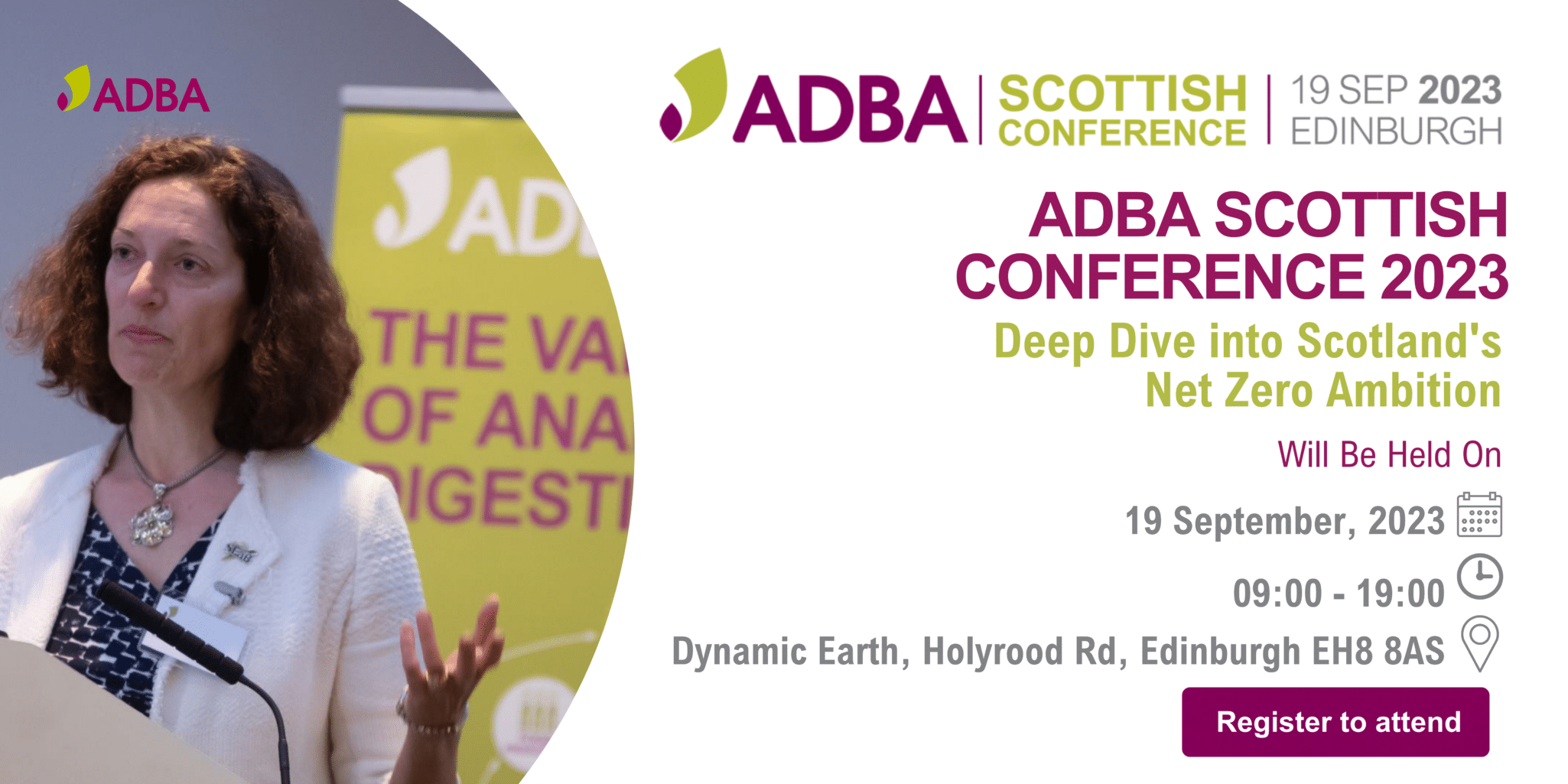On 15 March 2024, ADBA submitted its formal response to the Scottish Government's consultation on…
Policy insight: Energy Security Strategy
Last week, the Government released its British Energy Security Strategy, laying out its plans to increase the domestic production of energy in response to instability of the global energy market (e.g. Ukraine War). The Strategy was seen by many as a key opportunity to address fundamental issues within the energy sector: energy prices, GHG emissions and security of supply.
It sought to future-proof the UK’s energy market through the increased production of affordable, low-carbon, locally-generated energy. Unfortunately, it fails on all accounts…
The following explores how the government’s Strategy fails to address these key issues plaguing the energy sector:
-
The need to lower soaring energy prices.
To meet an increasing electricity demand, the Strategy emphasises the role of offshore wind and nuclear power.
Nuclear is one of the most expensive methods for producing low-carbon electricity. Yet, the Strategy proposes the development of eight new nuclear power stations over the next decade. For example, the construction of Sizewell C in Suffolk is currently projected to cost £20 billion, having experienced lengthy delays. To fund this single development, EDF estimate household energy bills will increase by £12 per year for every family in the UK. To fund all eight new nuclear plants, household bills would need to increase by nearly £100 per year nationwide.
Moreover, as demonstrated by Sizewell C, nuclear power plants can take up to ten years to construct, which is now scheduled to come online in 2024. Similarly, their development is prone to delays; for example, in Finland, despite being specifically designed to be deployed quickly, the modern Olkiluoto Nuclear plant was finished 12 years behind schedule. Even if fast-tracked by government, any new nuclear power capacity is unlikely to significantly affect the energy market before 2030.
And finally, while offshore wind will play a critical role in the future energy network, the Strategy overlooks the cheapest method for generating renewable electricity: onshore wind. Overly concerned by ‘NIMBY’ complaints, the Strategy overlooks onshore wind’s ability to be rapidly deployed, thus delivering an immediate supply of cheap, green electricity.
-
The need to decarbonise energy
Gas accounts for 30% of all energy used within the UK, and yet the Strategy approach to gas is wholly incompatible with the government’s Net Zero Strategy.
The Energy Security Strategy outlines plans to extract the remaining fossil fuels left within the North Sea’s reserve – specifically, 9 billion barrels of oil and 560 billion cubic metres of gas. The UK has already fallen behind on its legally binding climate budgets, and these plans set the UK back even further. The use of these fossil fuels would emit around 5 billion tonnes of CO2e – eleven times as much as the UK’s total GHG emissions in 2019.
The Strategy also announced plans to double hydrogen production targets by 2030, increasing from 5GW capacity to 10GW. While hydrogen may well form an integral part of a future energy network, its production and use at scale remains a long way off –today’s hydrogen production is negligible. Again, these plans are unlikely to have any impact on energy’s price, security, or emissions for several years.
To accompany these gas-related plans, the Strategy also highlights the under-ambitious efforts to increase energy efficiencies, first announced in last year’s Heat and Building Strategy. Improving insulation is widely recognised as the most cost-effective mechanism for reducing total energy demand – thus cutting emissions and increasing energy security – and yet the Strategy fails to recognise its importance. The Prime Minister has since responded to criticism regarding this issue, stating that the Strategy focuses on energy supply, not demand. However, the Strategy’s very inclusion of an ‘energy efficiency’ section suggests otherwise…
-
The need to bolster energy security
As alluded to above, the Strategy’s proposal focuses on projects and technologies which will not come online for several years. They will not deliver any immediate impact to energy security during this period of global market instability.
Moreover, tapping into the North Sea’s gas reserve provides only a short-term solution (with long-term consequences). Based on current natural gas imports of 478 TWh per year, this additional gas reserve can only replace imports for around 12 years, thus failing to establish any meaningful energy independence from international sources.
Overall, the Strategy overlooks ready to use technologies capable of generating homegrown energy, including AD. It fails to recognise: AD’s ability to generate cost-competitive green gas; its ability to scale up immediately and deliver tangible benefits to energy security; and its opportunity to become carbon negative, actively reversing emissions.
As set out in a recent letter to Boris Johnson:
“As part of its response to the Ukraine crisis, the EU has already announced it will double its ambition for biomethane production to 354 TWh by 2030 to end its reliance on natural gas imports. As a world leader in AD, the UK should follow this example. Biomethane from AD should be an integral part of the UK’s energy strategy.
Last year, the UK imported 24.6 TWh of natural gas from Russia. With immediate government backing, this gas demand could be directly replaced with home-grown biomethane within the next four years. Moreover, by 2030, the UK’s AD sector could deliver its full potential, generating an estimated 55-76 TWh of biomethane – over two to three times the amount of gas the UK currently imports from Russia.”
For more information, contact Nick Primmer at nick.primmer@adbioresources.org



